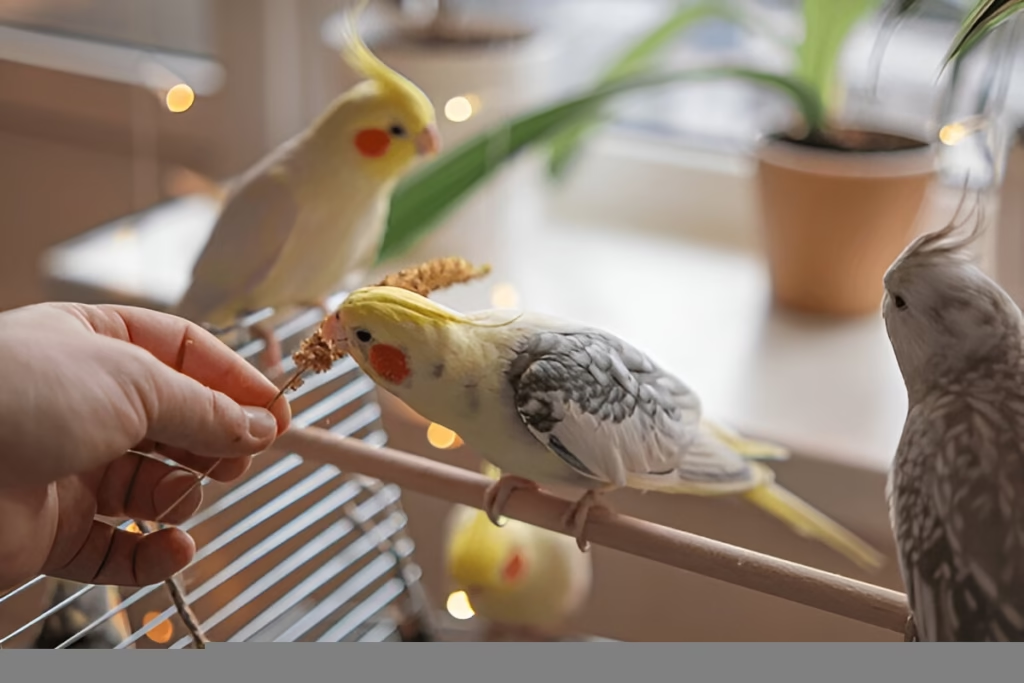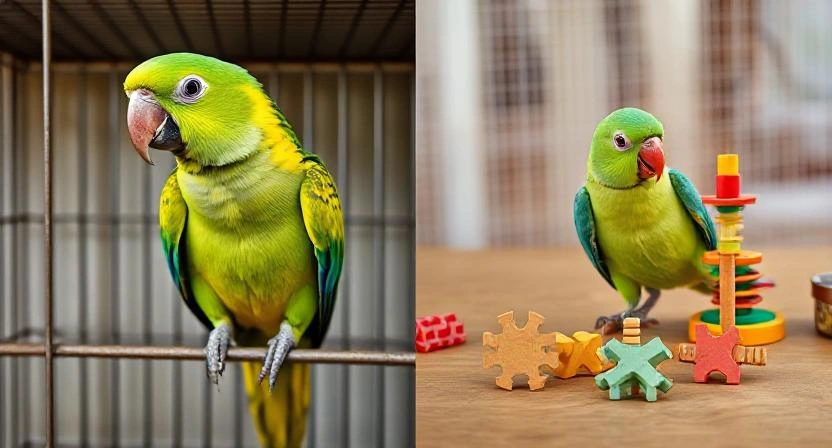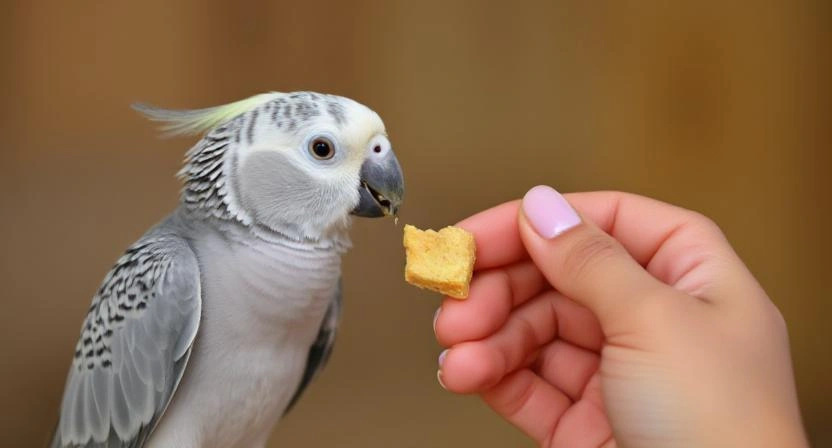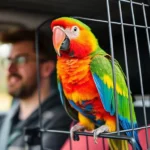Parrot Training Tips for a Happy, Smart Bird
Training your parrot isn’t just about teaching tricks—it’s about bonding, mental stimulation, and building trust. Whether you’re a first-time bird owner or an experienced trainer, these parrot training tips will help you teach your feathered friend impressive skills while keeping them engaged and happy.
Parrots are intelligent, social creatures that thrive on interaction. With patience and the right techniques, you can train them to perform fun tricks, mimic sounds, and even solve puzzles. Ready to get started? Let’s dive into the best parrot training tips to unlock your bird’s potential!
1. Start with Basic Commands
Before jumping into complex tricks, establish a foundation with simple commands like “step up” or “come here.” These basics build trust and make advanced training easier.
How to Train Basic Commands:
Use a clicker or verbal cue (like “good bird”) for positive reinforcement.
Offer small treats (like millet or nuts) immediately after they obey.
Keep sessions short (5-10 minutes) to prevent frustration.
Pro Tip: Always end on a positive note to keep your parrot excited for the next session.

Large 63" Wrought Iron Rolling Bird Cage
This spacious 63-inch wrought iron bird cage by Yaheetech features a rolling stand and is ideal for African Greys, Quakers, Amazons, Canaries, and other small to medium-sized birds.
2. Use Positive Reinforcement
Parrots respond best to reward-based training. Punishment can damage trust, so focus on encouragement instead.
Effective Rewards:
Favorite treats (pellets, fruits, or seeds)
Verbal praise (“Good job!” in an excited tone)
Head scratches (if your bird enjoys them)
Avoid: Overfeeding treats—stick to small, healthy portions.
For high-quality training treats, check it out here (insert affiliate link).
3. Keep Training Sessions Fun & Engaging
Boredom is a parrot’s worst enemy. Mix up routines to keep them interested!
Creative Training Ideas:
Target training (teaching them to touch a stick with their beak)
Fetch games (rolling a small ball back and forth)
Speech mimicry (repeating simple words like “hello”)

ZuPreem FruitBlend: Nutritious Parrot & Conure Pellets
ZuPreem FruitBlend bird food provides essential nutrition with natural fruit for Parrots, Conures, Caiques, African Greys, Eclectus, and Small Cockatoos. (M/L, 3.5 lb)
4. Be Patient & Consistent
Parrots learn at their own pace. Some may pick up tricks quickly, while others need weeks of repetition.
Keys to Success:
Train at the same time daily (consistency builds habits).
Stay calm—frustration can discourage your bird.
Celebrate small wins to boost confidence.
5. Teach Advanced Tricks (Once Basics Are Mastered)
Once your parrot nails the fundamentals, try impressive tricks like:
✔ Turning in circles
✔ Waving hello
✔ Retrieving objects
For step-by-step guides, explore these parrot training tips from trusted sources:
Frequently Asked Questions (FAQs)
How long does it take to train a parrot?
It varies—some learn in days, others take months. Consistency is key!
What if my parrot isn’t interested in training?
Try different treats or shorter sessions. Ensure they’re in a calm, distraction-free environment.
Can older parrots learn new tricks?
Absolutely! Age doesn’t limit learning—just adjust the pace.

Living World Millet Spray: Premium Treat for Pet Birds
Spoil your Budgies, Canaries, Finches, Cockatiels, and other pet birds with Living World Millet Spray. A delicious and enjoyable premium treat. (17.6 Oz)
Final Thoughts & Next Steps
You’ve got the best parrot training tips—now it’s time to put them into action! With patience and these fun techniques, you’ll unlock your bird’s intelligence while strengthening your bond.
👉 Start Training Today! (CTA button linked to affiliate page)
P.S. Share your progress with #ParrotTrainingTips—we’d love to see your clever bird in action!
(Button design suggestion: Use bright green/yellow to match parrot vibes, with hover effects for engagement.)



